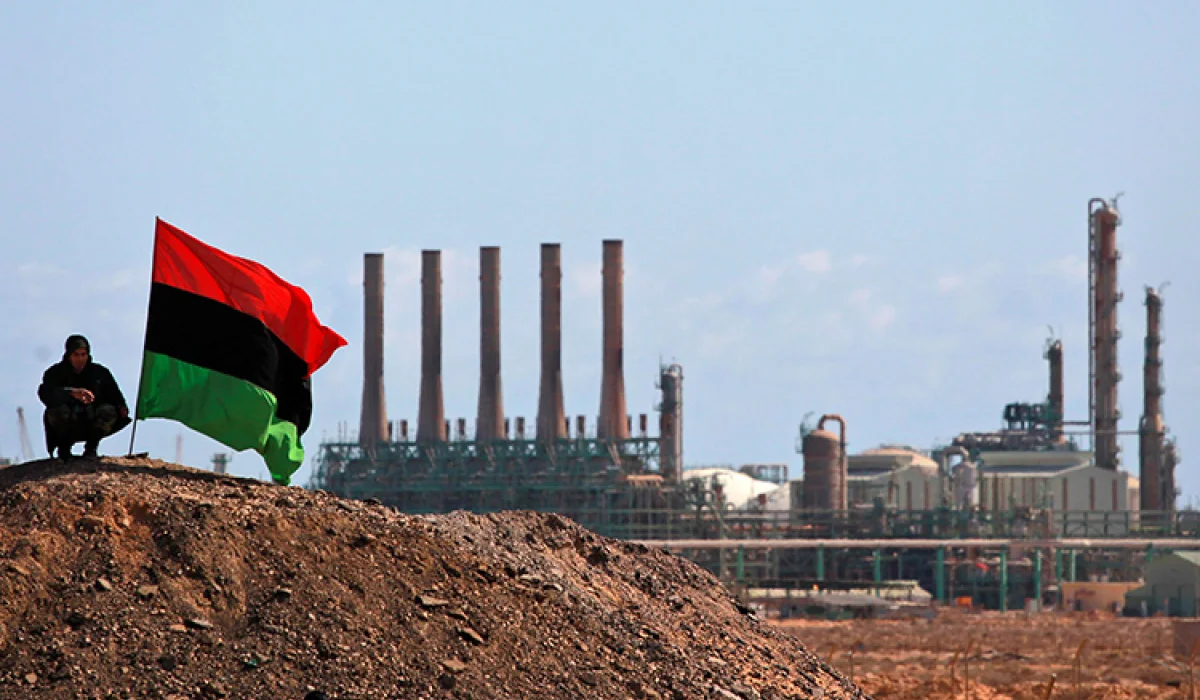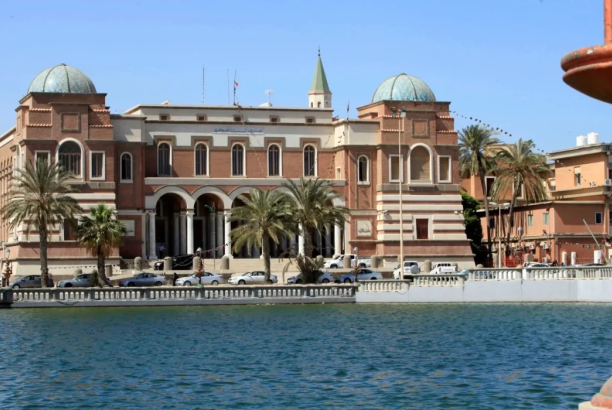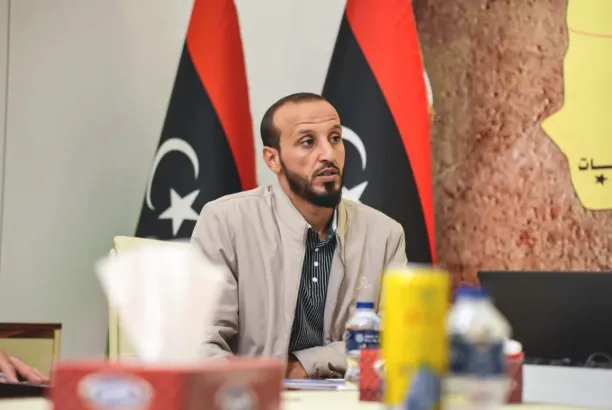
| News
Energy Capital Power: Libya Leverages Foreign Investment and Reforms to Bridge Its $37 Billion Infrastructure Gap
Energy Capital Power revealed on Tuesday that Libya faces an annual infrastructure financing gap of $37.2 billion, equivalent to about 85.8% of its GDP, which is necessary to modernize its energy, water, and transport systems by 2030.
According to the African Development Bank, closing this gap is crucial not only for economic recovery but also for fiscal stability, job creation, and enabling the country to capitalize on its natural resources to achieve long-term growth aligned with the African Union’s Agenda 2063.
Unlocking Hydrocarbon Potential
The report noted that Libya holds Africa’s largest proven oil reserves, with the hydrocarbon sector remaining central to its economic recovery. However, aging fields, underdeveloped basins, and deteriorating infrastructure continue to limit production. Current estimates suggest that between $3 and $4 billion in investment is required to increase output to 1.6 million barrels per day, with a long-term goal of reaching 2 million barrels per day within three years.
Investment will target pipelines, storage facilities, and refineries such as the Zawiya refinery, improving efficiency, expanding export capacity, and generating sufficient revenue to fund broader infrastructure projects. Reliable energy and water systems supporting oil operations would enhance sector resilience. Without these investments, Libya risks leaving its oil potential untapped, missing a critical opportunity for fiscal stability and to strengthen its position as a regional energy supplier. For international partners, supporting Libya’s oil sector provides strategic commercial returns and reinforces regional energy security.
Developing Climate-Resilient Energy
The article added that Libya’s energy strategy extends beyond hydrocarbons. With 3,200 hours of sunlight annually, high solar radiation, and strong wind potential, the country is well positioned to expand renewable energy sources. Scaling up solar and wind power projects will diversify the energy mix, reduce operational risks, and align Libya with global climate commitments.
Multiple Projects Already Underway
Energy Capital Power noted that Libya’s first 1 MW solar power plant began operating in Kufra in July 2025, developed by Infinity in partnership with the Free Zone Authority. Meanwhile, the 500 MW Saddada solar project, led by TotalEnergies in cooperation with the General Electricity Company of Libya (GECOL) and the Renewable Energy Authority, is expected to begin operations by Q4 2025.
These initiatives represent the first steps toward Libya’s goal of generating 4 GW of renewable energy by 2035, signaling a more resilient and sustainable power system.
Attracting Investment Through Reform
The report further explained that infrastructure financing cannot rely solely on oil revenues. Libya has introduced several reforms to attract and diversify foreign investments. Decree No. 944 allows 100% foreign ownership in the oil and gas sector and offers tax incentives, including a five-year tax exemption and a 10% corporate tax rate. Additionally, the 2024 Public-Private Partnership (PPP) Law provides a clear legal framework for joint ventures in energy, water, and transport projects.
These reforms are already bearing fruit: Italy’s energy giant Eni has allocated over €8 billion for Libyan projects, while other global investors are exploring partnerships in both the hydrocarbon and renewable sectors. By transforming Libya from a high-risk market into a promising investment destination, these measures are accelerating infrastructure modernization, economic recovery, and integration into regional energy markets.





